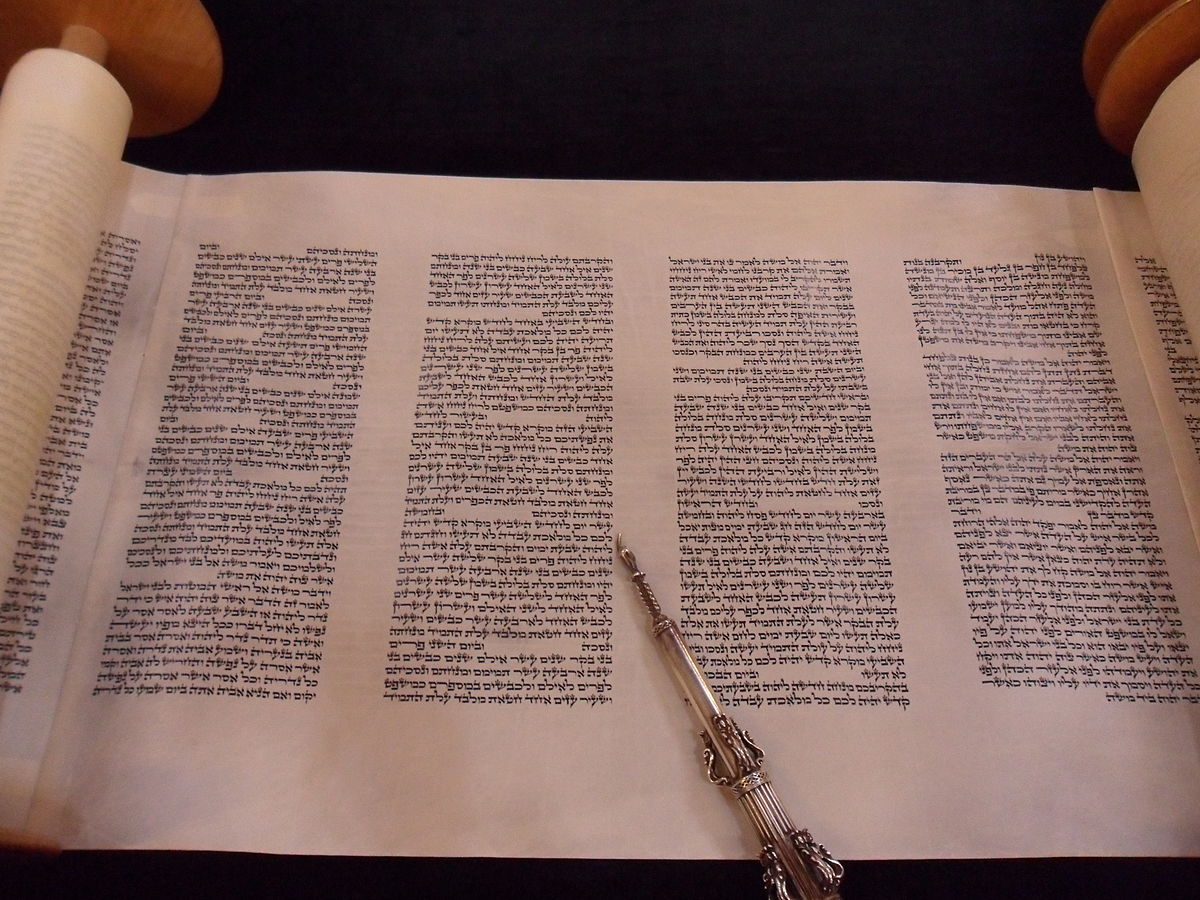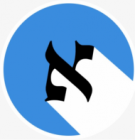
Over the last year we have mentioned many times the annual cycle of the Torah reading which is manifested in the weekly Torah portion – meaning a different portion of the Torah is read every week at the synagogue.
The holiday of ‘Simchat Torah’ {שמחת תורה} (‘rejoicing of the Torah’) which was celebrated last Monday marks the END of the annual cycle of the Torah reading – with the reading of the LAST and FINAL ‘Parasha’ {פרשה} (weekly Torah portion) which is ‘Ve-Zot Ha-Berachah’ {וזאת הברכה} (Hebrew for ‘and this is the blessing’).
‘Simchat Torah’ is a relatively new holiday – in Jewish terms – and has been celebrated for over one thousand years. Most of the Jewish holidays are biblical and have been celebrated for more than TWO thousand years!
During this period (early Middle Ages), there were TWO major cultural Jewish centers – one in the Land of Israel (in the Galilee, northern Israel of today) and the other in ‘Bavel’ {בבל} which is the Hebrew name of ‘Babylon’ and refers to the area of modern day Iraq.
While in the Land of Israel it was customary to read the Torah in its entirety within THREE years – meaning to finish the Torah reading only once in three years, in ‘Bavel’ they finished the full Torah reading every YEAR – which means they actually had an annual cycle of the Torah reading.
Over the years, the influence of the Jewish cultural center in ‘Bavel’ had increased and ‘took over’ so today almost ALL Jewish communities accepted their method of reading the Torah within a yearly cycle.
This annual cycle of the Torah reading is based on reading a different portion of the Torah every Shabbat and is also synchronized with the various holidays and special events of the Hebrew-Jewish Calendar so the reading for each event will fit the content and values of it. For example, during Passover the story of the Exodus of the Israelites from Egypt will be read.
The last weekly Torah portion is in fact the ONLY ‘Parasha’ (portion of the Torah) that is not read on Shabbat but rather during a holiday – ‘Simchat Torah’– and it is a very festive reading in which all the people in the community take part. At the end of this festive reading, it is customary to read the beginning of ‘Bereshit’ {בראשית} – the story of the Creation – in order to make sure it is indeed included in a Torah reading CYCLE.
